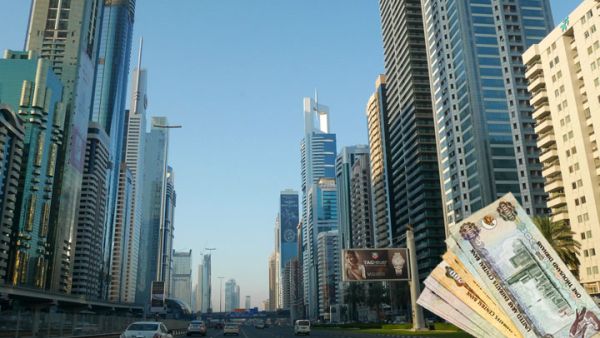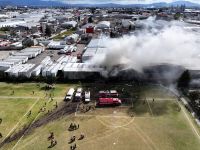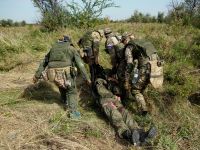The Purchasing Manager’s Index (PMI) data for March points to a further slowdown in the UAE’s non-oil private sector, with operating conditions improving at the weakest rate since October 2013.
Output and new orders expanded more slowly as a result the pace of job creation moderated to a three-year low.
The UAE’s PMI is a composite indicator of non-oil economy based on data compiled by HSBC and Markit Economics from purchasing executives in approximately 400 private sector companies in the UAE.
The UAE PMI dipped to a 17-month low of 56.3 in March, down from 58.1 in February. The latest reading marked a second consecutive slowdown in growth of the UAE’s non-oil private sector.
Underpinning the overall slowdown were milder expansions in output and new orders in March. Growth of non-oil private sector output in the UAE eased to the weakest in a year, while the respective index for new business dropped to the lowest mark since August 2013.
Contrasting with the trend observed for total new work, new export business increased at a faster pace in March. Stronger demand in neighbouring countries was reported to have boosted foreign orders during the latest period.
“Firms operating in the UAE’s non-oil private sector registered further strong improvements in output and new orders in March. That said, the rates of expansion eased for the second month running and were below those seen through much of last year. As a result, workforce numbers rose at the slowest pace in three years,” said Philip Leake, Economist at Markit.
Payroll numbers in the UAE’s non-oil private economy rose at the weakest pace in three years in March. The rate of hiring was only moderate overall, having picked up to a four-month high in February.
Confidence
“The slowdown in non-oil growth evident in the first quarter of 2015 is due to several factors in our view, including weaker investor and consumer confidence on the back of the sharp decline in oil prices since July 2014, and the relative strength of the dollar which appears to have had an impact on retail spending, real estate activity and tourism. In particular, tourism from Russia has been particularly hard-hit, with Dubai Airports reporting a 35.6 per cent decline in passenger traffic from Russia/CIS in February, following a -22.7 per cent decline in January,” said Khatija Haque, Head of Mena Research at Emirates NBD.
Growth of purchasing activity softened to the least marked in more than a year in March. That said, the rate of expansion remained stronger than the historical average. Monitored companies attributed higher input buying to the start-up of new projects.
Pre-production inventories continued to rise. Meanwhile, overall input prices faced by UAE non-oil private sector firms fell for the first time in five years in March. Although marginal, the latest decline was only the third seen since the survey began in August 2009. Data highlighted a similar fall in purchase prices, while average staff costs rose only fractionally during the month.
“Price pressures continued to ease in March, with input costs declining outright for the first time in five years, mainly on the back of lower purchase prices. Competitive pressures contributed to a second monthly decline in output prices in March, which supports our view that pipeline CPI pressures should ease this year,” said Haque.








